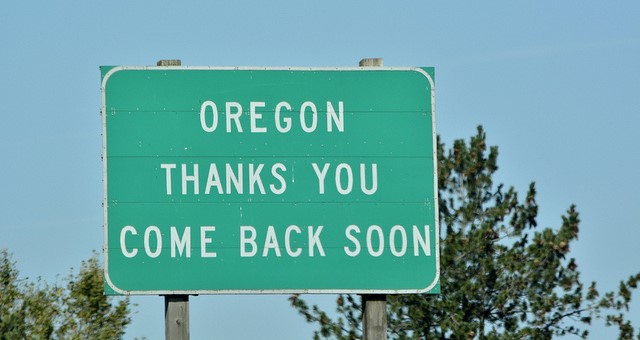
The Atlantic recently reported that Oregon has a higher proportion of families on welfare than any other state in the U.S. With high food-stamp consumption, subsidizing, healthcare, and extended time limits, Oregon has dedicated itself to a relatively robust and available social security net. So what explains Oregon’s generosity in the face of safety net rollback in other states?
The Atlantic cites research from social scientists Joe Soss, Richard C. Fording, and Sanford F. Schram who show that democratic control of the legislature, as well as higher state wages relative to welfare benefits, are key predictors of the size of a state’s social welfare net. Soss and colleagues also write how state’s with a higher percentage of minority group members receiving welfare also tend to be more punitive overall. Oregon, who is 86.6 percent white, has a relatively high minimum wage, and a historically blue voting state, fits nicely with Soss and colleagues’ analysis of state-level welfare spending and policy. As described by the article,
“The case of Oregon highlights what can happen when federal programs are turned over to the states: They help some Americans more than others, depending on where people live, and, often, depending on the color of their skin.”

Comments 1
Maisie Browne — November 11, 2020
https://edubirdie.com/top-writers